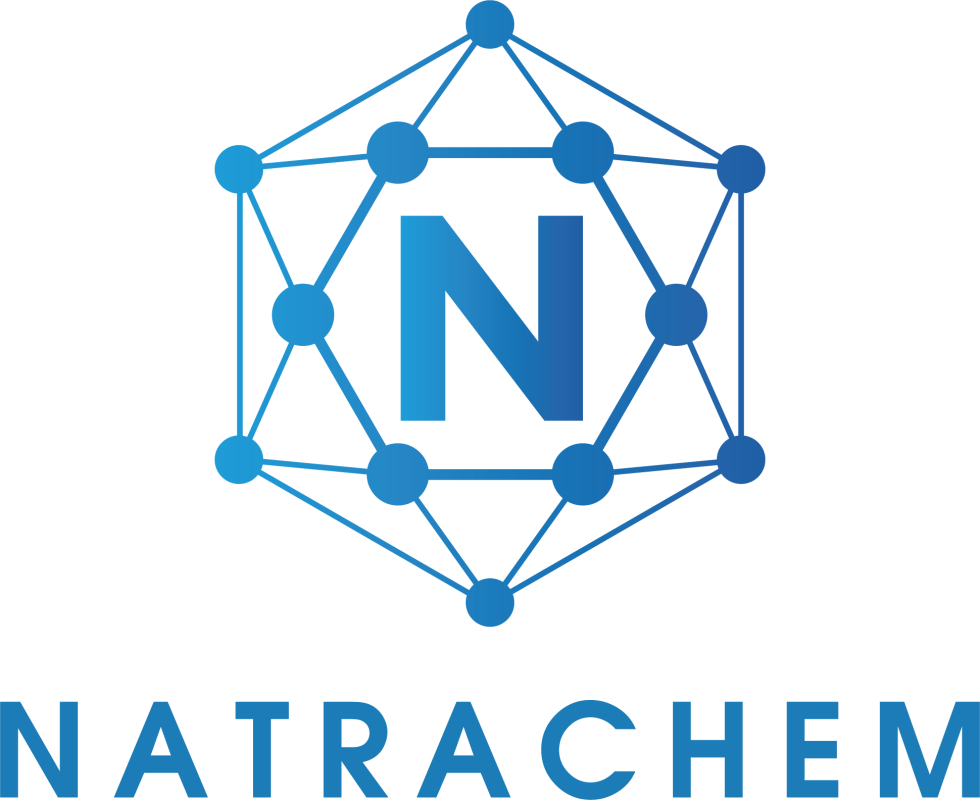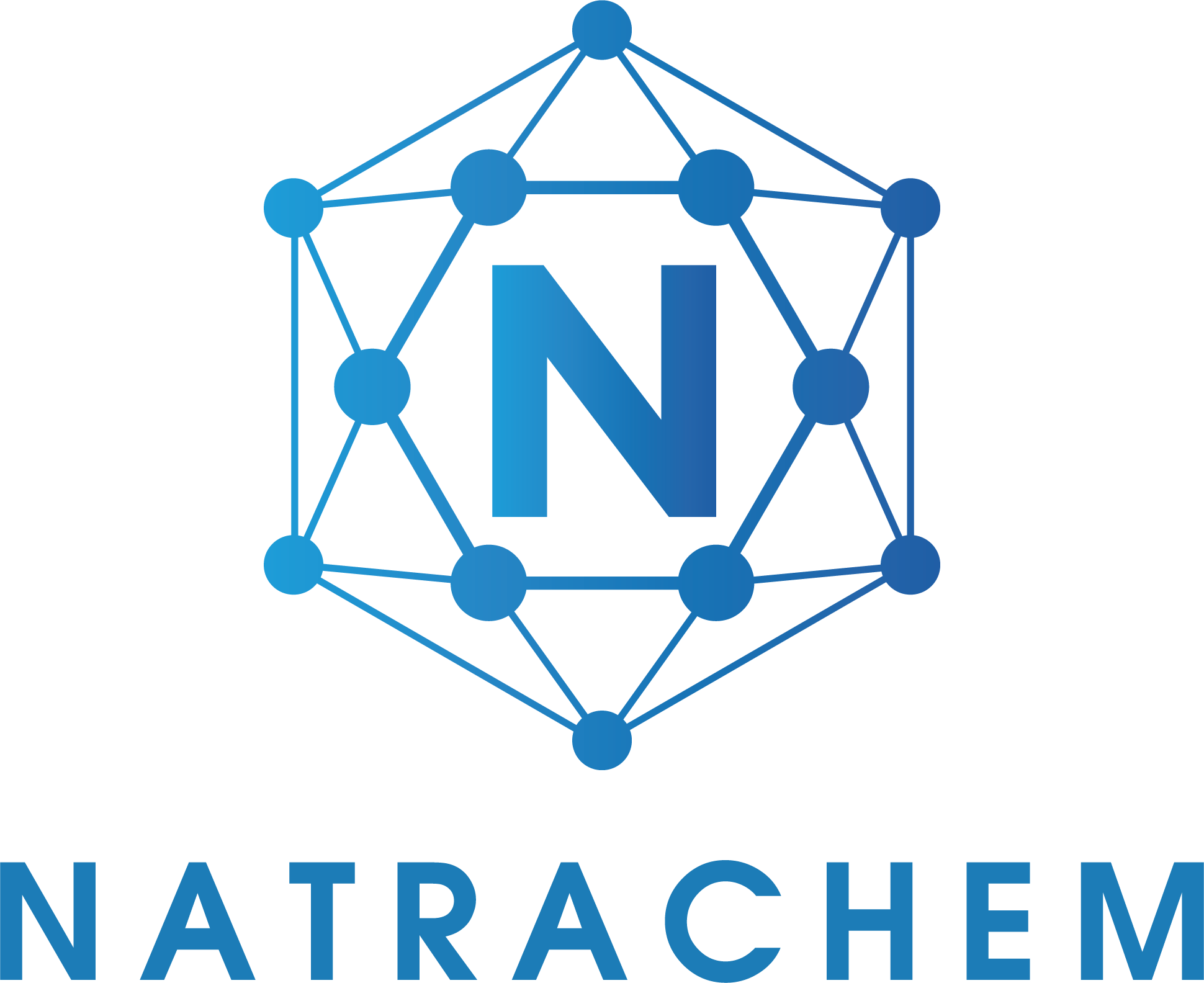Oxygen plays an important role in the aquaculture industry such as fish, shrimp, crab, and many other species… Not only affecting the life of organisms, Oxygen also directly affects their health and growth rate.
What role does oxygen play in shrimp and fish farming?
Additionally, in large aquaculture systems, maintaining a stable oxygen level in the tank will increase fish production. By adding oxygen, businesses can increase the growth rate of fish per day, reduce the time the fish spend in the water, thereby increasing the efficiency of the entire production cycle.
Oxygen in respiration and aquatic life
Oxygen is the most important element to sustain the life of aquatic species. Similar to humans and other organisms, aquatic species need Oxygen to breathe. In the aquatic environment, Oxygen is dissolved and available for fish, shrimp, crabs and other species to breathe through their gills or slime membranes on the surface of their bodies. Providing enough Oxygen in the aquaculture environment is essential to ensure that aquatic species can breathe and sustain life.
Oxygen plays an important role in the growth and development of aquatic products.
Oxygen not only ensures the survival of aquatic products but also affects the growth and development rate of fish, shrimp, crabs, etc., which need enough oxygen to digest food and convert energy. When there is enough oxygen, the food digestion process is more effective, helping aquatic products gain weight faster and reduce farming time. This is of great benefit to aquaculture businesses, as it helps increase productivity and profits.
Oxygen helps reduce toxins and improve the water environment.
Oxygen also helps in maintaining a healthy water environment for aquatic animals, it helps in reducing toxic wastes such as ammonia and nitrates. This reduces the risk of water pollution and ensures that aquatic animals are kept in a clean environment, which increases their disease resistance and growth.
Oxygen gas increases aquaculture efficiency
Another interesting benefit of oxygen for fish is that if the amount of oxygen is maintained stable in the tank, it will increase the metabolism of the fish, thereby increasing the conversion of food into the actual weight of the fish. Thus, the business will reduce the amount of food for the fish, which means reducing the cost of food per kilogram of fish. If the output of an aquaculture business is tons of fish, it means that this business can save up to tons of food every day.
Oxygen in seafood packaging and preservation
After harvest, oxygen still plays an important role in the preservation and packaging of seafood products. Aquaculture companies can use industrial gases, including oxygen, to maintain the appropriate atmospheric environment in packaging containers. This helps to extend the shelf life of the product and maintain its quality.
Once the fish have been harvested and processed, fish farming businesses can continue to use other industrial gases to package and preserve the finished product. Some companies are now using MAP (Modified Atmosphere Packaging) technology to package the product into packaging. This technology uses a mixture of Nitrogen and CO2 to inhibit bacterial growth – increasing the shelf life of the finished product.
In addition to the above applications, fish farming companies can also use liquid nitrogen to flash-freeze fish to ensure better preservation of the finished product. When the product is flash-frozen, the cell structure of the food is maintained, the fish not only looks better when thawed but also tastes fresher.





